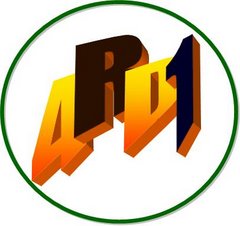from The
For some students, math is a nightmare. But for 30 elementary and secondary students, math now means money, with the government awarding them scholarships for their efforts at three international mathematics competitions.
The students competed at the Po Leung Kuk 11th Primary Mathematics World Contest, the Changcun Youth Mathematics Inter-City Competition and the International Youth Mathematics Contest, all in
The competitions involved elementary and secondary school students from around the world.
The Po Leung Kuk Contest, held from July 14 to 18, involved 176 students from 14 countries. Four Indonesian competitors in two teams brought home silver and bronze medals.
"It was quite difficult, but we were able to manage. But the funny thing is we didn't get the gold medal because we made a stupid mistake," said Toby Moektiono from SMP Kanisius,
"We were supposed to write 22 for the answer, but we wrote it as 23 because we miscalculated one times one as equalling two," he said smiling at a press conference held at the National Education Ministry on Friday to congratulate the contestants.
One student who did bring home gold was Harfiyanto Dharma, a student of elementary school SD Santo Yoseph 1 in Denpasar, Bali, at the International Youth Mathematics Contest, which was held from July 29 to Aug.2.
Director General for Basic and Middle Education Management Suyanto said the government would give scholarships for those who succeeded in bringing recognition to
"A tingkat (level) scholarship will be awarded to the students, meaning if they are currently studying at elementary school, the scholarship will be valid until they finish junior high," Suyanto said.
Suyanto encouraged the 30 students to continue to pursue other activities besides math, such as sport and music.
"They also have to be able to make as many friends as possible, so their lives will be in balance -- in balance between left brain and right brain," he said.
Left brain thinking is more logical, rational, analytical and objective. Right brain thinking is more random, intuitive, holistic, and subjective.
Before the contest, the students had to take part in two intensive quarantine sessions in
